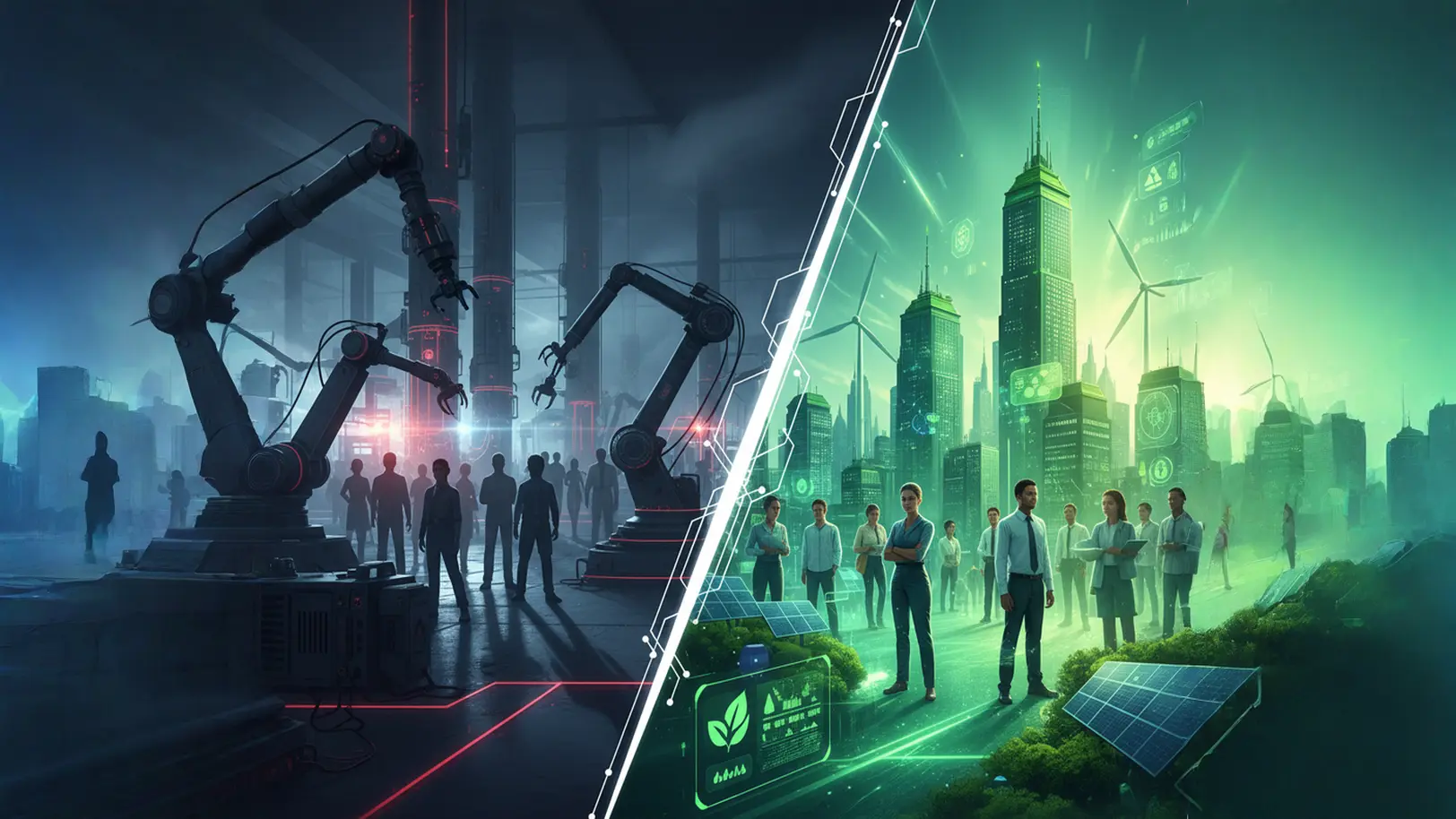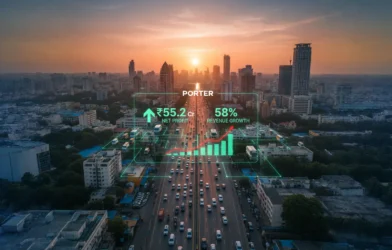Author: Aditya Pareek | EQMint
The global labor market is on the cusp of a seismic transformation, with nearly one in five jobs expected to change by the end of this decade. According to the World Economic Forum’s (WEF) Future of Jobs Report 2025, macrotrends such as artificial intelligence, climate change, demographic shifts, and economic uncertainty will fuel both massive job creation and widespread displacement across industries.
A Net Gain of 78 Million Jobs Globally
The report estimates that 170 million jobs will be created worldwide between 2025 and 2030, driven largely by advancements in AI, robotics, digital access, and the green economy. However, about 92 million existing jobs will be displaced in the same period due to automation, economic pressures, and structural shifts, resulting in a net growth of 78 million jobs, or about 7% of current employment levels .
This churn represents a staggering 22% of the 1.2 billion formal jobs in the global dataset analyzed by the WEF.
AI and Automation: Creator and Disruptor
Artificial Intelligence and automation sit at the heart of this transformation. The report highlights that:
- AI and information processing technologies are expected to create around 11 million jobs but displace nearly 9 million others .
- Robotics and autonomous systems are projected to be the largest net job displacers, accounting for a decline of around 5 million jobs globally.
- At the same time, roles such as AI and Machine Learning Specialists, Data Analysts, and Cybersecurity Experts are among the fastest-growing jobs by 2030 .
This dual role of AI—as both a job creator and disruptor—makes it one of the most powerful drivers of labor market change in history.
The Green Transition: Millions of New Roles
The WEF report emphasizes that the green transition will be one of the largest contributors to job growth. Investments in renewable energy, climate-change adaptation, and sustainable infrastructure are projected to generate more than 8 million net new jobs by 2030 .
Roles like Renewable Energy Engineers, Environmental Specialists, and Sustainability Managers are expected to surge in demand as companies respond to stricter climate regulations and the global push toward decarbonization.
Demographic Shifts and Economic Pressures
The labor market will also be reshaped by demographic realities:
- Aging populations in high-income economies are fueling demand for healthcare workers, nursing professionals, and caregiving roles.
- Growing working-age populations in countries such as India, Nigeria, and Indonesia will boost opportunities in education, training, and youth-oriented services.
Meanwhile, the rising cost of living—cited by nearly half of surveyed employers—remains the second-most transformative trend after digitalization. Inflation and slower economic growth are expected to further pressure labor markets, displacing around 1.6 million jobs globally.
Fastest Growing and Declining Jobs
The report ranks job roles based on expected net growth by 2030. Among the fastest-growing roles are:
- Big Data Specialists
- AI and Machine Learning Specialists
- FinTech Engineers
- Renewable Energy Engineers
- Cybersecurity Analysts
In contrast, jobs most at risk of decline include:
- Data Entry Clerks
- Administrative Assistants
- Cashiers and Ticket Clerks
- Telemarketers
- Postal Service Clerks
These trends underscore the accelerating shift away from manual, routine-based work toward technology-driven and sustainability-focused professions.
Skills of the Future
As roles evolve, so do the skills required. Employers identified analytical thinking, resilience, flexibility, creativity, and AI literacy as the most critical skills for the future workforce . Environmental stewardship also entered the top 10 for the first time, reflecting the rising importance of sustainability in global business strategies .
Upskilling as the Top Strategy
With nearly 83% of core skills set to change by 2030, companies are investing heavily in reskilling and upskilling initiatives . The report reveals that:
- About 41% of workers globally will need retraining within the next five years.
- Employers across industries rank upskilling as the top workforce strategy, followed by automation and workforce augmentation .
The report stresses that governments and businesses must collaborate to expand education systems, public training programs, and inclusive hiring practices to ensure equitable access to opportunities in the new economy.
Conclusion: A Decade of Workforce Transformation
The WEF Future of Jobs Report 2025 paints a clear picture: the coming years will be defined by massive labor market churn, but also unprecedented opportunities for those prepared to adapt. While automation and economic uncertainty pose real challenges, investments in AI, sustainability, and workforce upskilling could unlock millions of new, high-quality jobs.
In the words of the report, the global economy faces a “once-in-a-generation opportunity to redefine work”—where the right mix of policy, innovation, and skills development could shape a future of inclusive and sustainable growth.
To read the complete report visit World Economic Forum
Disclaimer: This article is based on information available from public sources. It has not been reported by EQMint journalists. EQMint has compiled and presented the content for informational purposes only and does not guarantee its accuracy or completeness. Readers are advised to verify details independently before relying on them.









